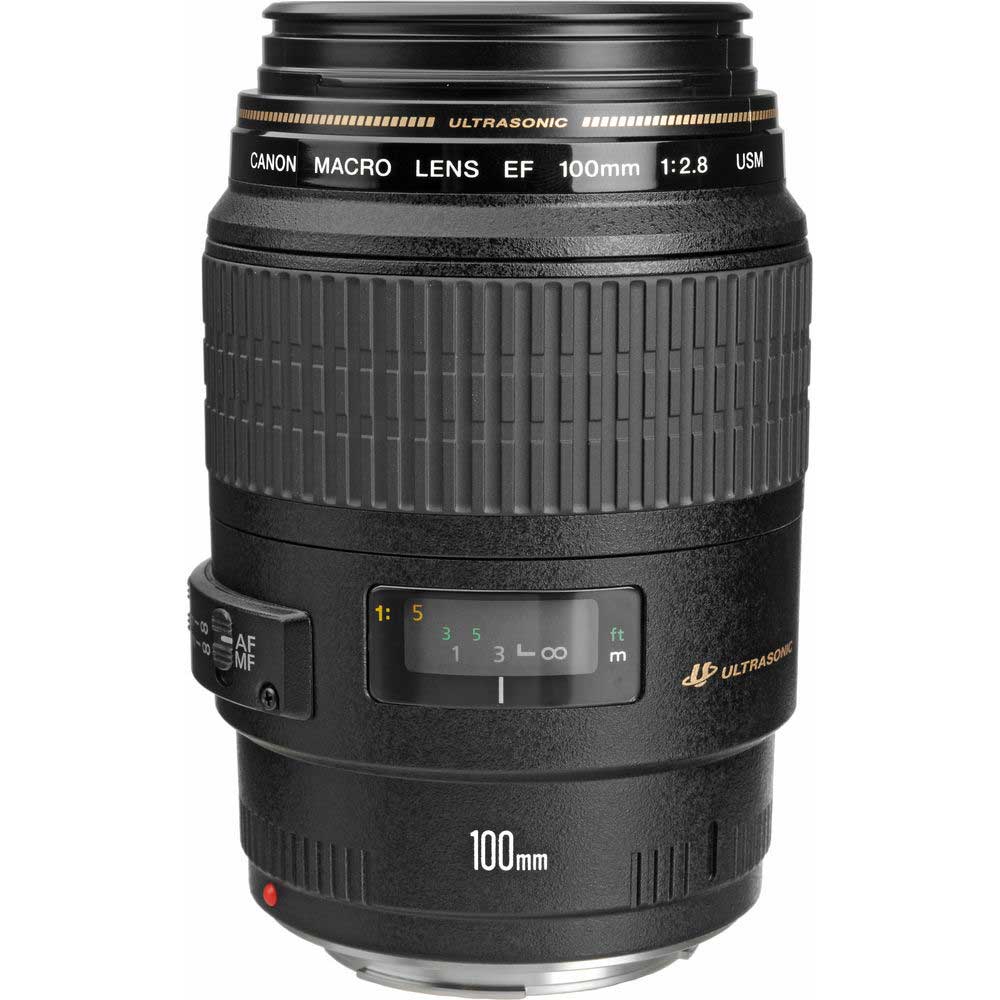
The older EF model has been creeping up in price but remains a little cheaper and it’s still highly regarded, so the big question is whether the new RF version is really that much better and deserving of the higher asking price. As a native RF lens it should also provide more reliable focusing as well as enhanced stabilisation. But while the EF model delivered a maximum magnification of 1:1 or 1x, the newer RF version boasts 1.4:1 or 1.4x magnification for greater reproduction, as well as an adjustable spherical aberration control for interesting soft-focus effects. The latest 100mm Macro comes almost 12 years after the EF version for DSLRs (which can work on EOS R mirrorless cameras using the EF to EOS R adapter), and at first glance they appear to share many specs including the same focal length, aperture, inclusion of optical stabilisation, USM focusing and L-branding.

CANON MACRO LENS 100MM F2 8 USM FULL
Like other RF lenses, it’ll work on EOS R bodies with full or cropped-frame sensors, but it’s not compatible with EOS-M bodies or Canon DSLRs. While pitched as a macro lens for close-up work, it’s also a highly-corrected short telephoto that’ll deliver great-looking portraits and landscapes too. The Canon RF 100mm f2.8L IS USM is a high-end macro lens designed for Canon’s EOS R mirrorless system. Alternatively get yourself a copy of my In Camera book or treat me to a coffee! Thanks! Buy it now! Check prices on the Canon RF 100mm f2.8L Macro at B&H, Adorama, WEX UK or. If your budget is tighter, consider Canon’s RF 35mm f1.8 Macro. Ultimately the pros outweigh any cons for me personally, making the RF 100mm f2.8L the best overall Macro lens I’ve tested for any Canon camera and recommended if you can afford it.
CANON MACRO LENS 100MM F2 8 USM PLUS
Plus while both lenses can work with extension tubes for greater magnification, Canon doesn’t yet make any in the RF fit - although to be fair, third party RF tubes are available. In my own tests the stabilisation didn’t meet Canon’s claims, and while the EF version is compatible with tele-converters, the RF is not. Meanwhile, the spherical aberration adjustment may be gimmicky, but can still be fun for generating soft-focus results. The RF was also crisper than my EF sample wide-open at f2.8, proved more reliable with eye-detection AF, and a little faster, quieter and more confident overall, although be aware of potential focus shift as the aperture is adjusted when shooting at very close range.

Most obviously it’ll deliver greater reproduction without the use of accessories: 1.4x versus 1x on the older EF model. It’s a tough act to follow, but the RF 100mm f2.8L Macro out-performs it in a number of key respects. Summary For many years, the EF 100mm f2.8L Macro was the close-up lens Canon owners aspired to, delivering excellent results both near and far.


 0 kommentar(er)
0 kommentar(er)
